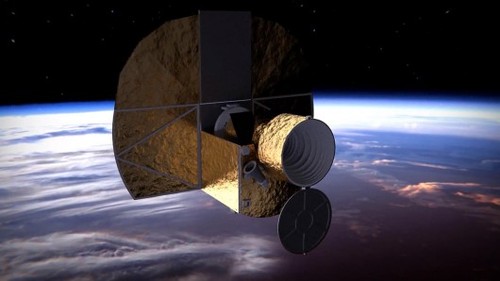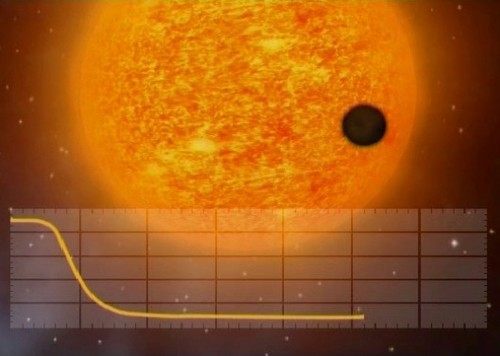CHaracterising ExOPlanets Satellite Focuses On Studying Planets Around Other Stars (+VIDEO)

The European Space Agency (ESA) aiming to assist orbiting probes in studying super-Earths has recently chosen CHEOPS (CHaracterising ExOPlanets Satellite) spacecraft from 26 proposals. The small Science Programme mission will focus on studying planets around other stars; its launch is scheduled for 2017. Cheops will operate in a Sun-synchronous low-Earth orbit at an altitude of 800 km; it’s planned mission lifetime will comprise 3.5 years. Monitoring the star’s brightness, scientists will look for the telltale signs of a ‘transit’ as a planet passes briefly across its face, this will allow a precise measurement of the radius of the planet. For the planets with a known mass the density will be detected, providing reading of the internal structure. Due to these main parameters scientists will be able to understand the formation of planets from a few times the mass of the Earth – ‘super-Earths’ – up to Neptune-sized worlds. CHEOPS will also identify planets with significant atmospheres and constrain the migration of planets during the formation and evolution of their parent systems. The mission will also provide unique targets for more detailed studies of exoplanet atmospheres by the next generation of telescopes now being built.
Via:gizmag.com
| Tweet |











